Home>Garden Essentials>What To Do With Dill Seeds
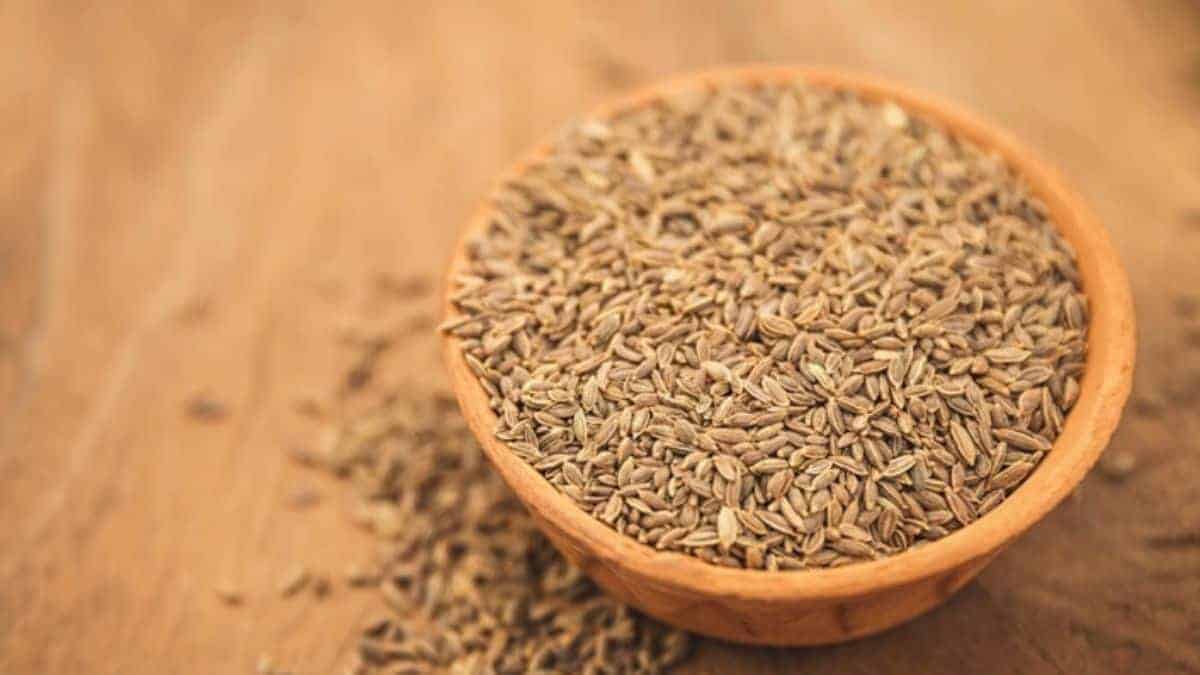

Garden Essentials
What To Do With Dill Seeds
Modified: March 16, 2024
Looking for ways to use dill seeds in your garden? Discover creative ideas and tips on how to maximize the potential of dill seeds in your gardening endeavors.
(Many of the links in this article redirect to a specific reviewed product. Your purchase of these products through affiliate links helps to generate commission for Storables.com, at no extra cost. Learn more)
Introduction
Gardening enthusiasts and culinary connoisseurs alike are always on the lookout for new herbs and spices to add to their repertoire. One such versatile and flavorful addition is dill seeds. Often overshadowed by its leafy counterpart, dill seeds actually have a multitude of uses and benefits that are worth exploring.
In this article, we will delve into the world of dill seeds and uncover their culinary uses, medicinal properties, and even creative applications beyond the kitchen. Whether you’re an avid gardener keen on seed production or simply looking for new ways to elevate your cooking, this comprehensive guide will provide you with all the information you need to make the most of dill seeds.
So, let’s embark on a journey through the enticing world of dill seeds, unlocking their hidden potential and discovering the numerous ways in which they can enrich our lives.
Key Takeaways:
- Dill seeds are versatile and flavorful, perfect for pickling, seasoning fish, and making infused teas. They also offer potential health benefits, making them a valuable addition to any kitchen and garden.
- Growing dill plants for seed production is easy and rewarding. Harvesting and storing dill seeds allows for a steady supply, while creative uses like homemade spice blends and dill seed recipes add a burst of freshness to culinary creations.
Read more: What Are Dill Seeds
Overview of Dill Seeds
Dill seeds are tiny, oval-shaped seeds that come from the dill plant, scientifically known as Anethum graveolens. The plant belongs to the Apiaceae family, which also includes other popular herbs like parsley, cilantro, and fennel. Dill seeds are known for their distinct, warm, and slightly tangy flavor, often described as a combination of anise, celery, and parsley.
These seeds have been cultivated for centuries and are native to Southwest Asia and the Mediterranean region. They have been widely used in various cuisines across the globe, adding a unique flavor profile to dishes.
In addition to their culinary usage, dill seeds also offer numerous health benefits. They are rich in antioxidants, dietary fiber, and important minerals like calcium, iron, and manganese. Dill seeds are also known for their antimicrobial and digestive properties, making them a valuable addition to herbal medicine.
The dill plant itself is an annual herb that can grow up to 3 feet tall. It features feathery leaves and yellow flowers that eventually turn into seeds. The seeds are typically harvested and dried before being used in various culinary and medicinal applications.
While the leafy green dill is commonly used in salads, dips, and dressings, dill seeds offer a more intense and concentrated flavor profile. They can be used in both whole and ground forms, depending on the desired intensity of the flavor.
Next, let’s explore the culinary uses of dill seeds and how you can incorporate them into your cooking to elevate the flavors of your favorite dishes.
Culinary Uses of Dill Seeds
Dill seeds are a fantastic addition to any kitchen, offering a unique and aromatic flavor that can enhance a wide range of dishes. Here are some popular culinary uses of dill seeds:
- Pickling: Dill seeds are a classic ingredient in pickling recipes. They add a distinct tang and flavor to pickled cucumbers, carrots, beets, and even green beans. The seeds are often added to the brine or sprinkled directly onto the vegetables before pickling.
- Seasoning for fish: Dill seeds complement fish dishes exceptionally well. They pair beautifully with salmon, trout, and other white fish varieties. Sprinkle some crushed dill seeds over the fish before baking or grilling to infuse it with a delightful aroma.
- Breads and pastries: Dill seeds can be incorporated into bread and pastry recipes to add a subtle, herbal charm. Sprinkle them on top of bread loaves or knead them into the dough for a unique twist on traditional recipes.
- Sauces and marinades: Dill seeds can be ground into a powder and used as a flavorful seasoning in sauces and marinades. They add a depth of flavor to cream-based sauces, salad dressings, and marinades for poultry or pork.
- Flavoring for vinegar and oils: Infusing vinegar or oils with dill seeds can create delicious flavored condiments. Simply place crushed dill seeds in a bottle of vinegar or oil and let them sit for a few days to infuse the flavors. Drizzle the infused vinegar or oil over salads or use as a marinade.
- Indian and Middle Eastern cuisine: Dill seeds are widely used in Indian and Middle Eastern dishes. They are an integral part of curry blends, spice mixes, and rice dishes, lending their bright and aromatic flavor.
These are just a few examples of how dill seeds can elevate the flavors of your culinary creations. Their versatility and distinctive taste make them a valuable addition to any spice rack, enabling you to experiment with different flavors and delight your taste buds.
Now that we’ve explored the culinary uses of dill seeds, let’s delve into their medicinal properties and discover their potential health benefits.
Medicinal Properties of Dill Seeds
Beyond their culinary uses, dill seeds possess a range of medicinal properties that have been recognized for centuries. Here are some of the potential health benefits of dill seeds:
- Digestive Aid: Dill seeds have long been used as a natural remedy for digestive issues. They contain compounds that can help soothe indigestion, bloating, and flatulence. Consuming dill seed-infused tea or incorporating dill seeds into your meals can promote healthy digestion.
- Antimicrobial Properties: Dill seeds have natural antimicrobial properties, making them effective in combating certain strains of bacteria and fungi. Their antimicrobial compounds may help prevent and treat infections, particularly in the digestive system and urinary tract.
- Anti-inflammatory Benefits: Dill seeds contain flavonoids and volatile oils that possess anti-inflammatory properties. These compounds can help reduce inflammation in the body, potentially offering relief from conditions such as arthritis and respiratory issues.
- Antioxidant Powerhouse: Dill seeds are rich in antioxidants, which play a crucial role in neutralizing harmful free radicals in the body. These antioxidants help protect cells from damage and may contribute to overall health and wellbeing.
- Calming and Sleep Aid: Dill seeds are known for their calming properties and have been used as a natural remedy for insomnia and anxiety. Consuming dill seed tea or incorporating dill seeds in your evening routine may promote relaxation and improve sleep quality.
While dill seeds offer these potential health benefits, it is important to remember that they are not a substitute for professional medical advice. If you have specific health concerns or conditions, it is always advisable to consult with a healthcare professional before using dill seeds or any herbal remedy.
Now that we’ve explored the culinary and medicinal aspects of dill seeds, let’s move on to understanding how you can grow dill plants for seed production in your own garden.
Planting and Growing Dill Plants for Seed Production
Dill plants are relatively easy to grow, making them a perfect addition to your garden if you want to harvest your own dill seeds. Here are some steps to guide you in planting and growing dill plants for seed production:
- Choosing the right location: Dill plants thrive in full sun and well-drained soil. Choose a location in your garden that receives at least six hours of direct sunlight each day.
- Sowing the seeds: Sow dill seeds directly into the ground or in containers with loose soil. The seeds should be planted about 1/4 to 1/2 inch deep and spaced 18 to 24 inches apart. Water the soil gently after sowing the seeds.
- Watering and fertilizing: Dill plants prefer slightly moist soil, so water them regularly, especially during dry periods. Avoid over-watering to prevent waterlogging. Fertilize with a well-balanced organic fertilizer every four to six weeks.
- Pruning and thinning: As your dill plants grow, you may need to thin them out to allow proper air circulation and prevent overcrowding. Remove any weak or diseased plants, leaving only the healthiest ones to reach maturity.
- Supporting taller plants: If you are growing dill plants that reach heights of 3 feet or more, consider providing support in the form of stakes or trellises to prevent them from bending or breaking.
- Protecting from pests: Dill plants are generally resistant to pests. However, keep an eye out for common garden pests like aphids and caterpillars. Use organic pest control methods, such as neem oil or companion planting, to manage pest infestations.
- Harvesting the seeds: Dill plants will flower and produce seed heads after about 70 to 90 days. Harvest the seed heads when they turn brown and begin to dry out. Cut off the seed heads and place them in a paper bag to continue drying in a cool, dry area. Shake the bag occasionally to release and collect the mature seeds.
Growing your own dill plants not only gives you access to fresh herbs but also allows you to harvest your own dill seeds for culinary and medicinal purposes. Plus, watching the plants grow and develop throughout the season is a rewarding experience for any garden enthusiast.
Now that you know how to grow dill plants and harvest their seeds, let’s move on to explore various ways you can use dill seeds, particularly for pickling.
You can use dill seeds to flavor pickles, marinades, and salad dressings. You can also crush them and add them to bread dough or sprinkle them on top of roasted vegetables for a unique flavor.
Harvesting and Storing Dill Seeds
Harvesting dill seeds is an exciting process that allows you to collect the flavorful seeds for future use. Here are the steps to follow for harvesting and storing dill seeds:
- Timing the harvest: Dill plants will produce small, yellow flowers that eventually turn into seed heads. It’s essential to wait until the seed heads fully mature and begin to dry out. This is indicated by a change in color to light brown or tan.
- Inspecting the seed heads: Before harvesting, examine the seed heads to ensure they are fully dry. Gently touch them to see if the seeds easily detach from the stems. If the seeds are still tightly attached, allow the seed heads to dry a little longer.
- Cutting the seed heads: Use garden shears or scissors to cut the seed heads from the plants. It’s best to do this on a sunny and dry day to prevent any moisture from affecting the quality of the seeds.
- Drying the seeds: Place the cut seed heads in a paper bag, allowing them to further dry in a cool, well-ventilated area. Hanging the paper bag upside down will help prevent any moisture buildup. Shake the bag occasionally to encourage the seeds to fall off the seed heads.
- Separating the seeds: Once the seed heads are completely dry, gently rub them between your hands to separate the seeds from the stems. Alternatively, you can gently crush the seed heads using a mortar and pestle to release the seeds.
- Storing the seeds: Transfer the collected seeds to an airtight container, such as a glass jar or airtight plastic bag. Be sure to label the container with the date of harvest to keep track of freshness. Store the container in a cool, dry place, away from direct sunlight and moisture. Properly stored dill seeds can maintain their flavor and potency for up to two years.
By following these steps, you can ensure the successful harvest and proper storage of dill seeds. Now, let’s explore one of the most popular uses for dill seeds – pickling!
Using Dill Seeds for Pickling
When it comes to pickling, dill seeds are an essential ingredient that adds a distinctive and flavorful touch to preserved fruits and vegetables. The dill seed’s aromatic and slightly tangy flavor enhances the brine and infuses the pickles with a delightful taste. Here’s how you can use dill seeds for pickling:
- Cucumbers: Dill seed is often associated with pickled cucumbers, also known as dill pickles. To make dill pickles, pack fresh cucumbers into jars with a mixture of water, vinegar, salt, and sugar. Add a couple of teaspoons of dill seeds to each jar to infuse the pickles with their distinct flavor.
- Other Vegetables: Dill seeds can be used to pickle a variety of vegetables, such as carrots, green beans, cauliflower, and beets. Add dill seeds to the brine mixture before pouring it over the vegetables in jars. The dill seeds will infuse the vegetables with a hint of dill flavor as they pickle.
- Spice Blends: Ground dill seeds can also be used as an ingredient in homemade pickling spice blends. Combine ground dill seeds with other spices like mustard seeds, coriander seeds, and peppercorns. Use this spice blend to season your pickling brine and give your pickled vegetables a unique flavor.
- Quick Pickles: If you’re looking for a faster pickling method, you can make quick pickles by combining sliced vegetables with a vinegar-based brine. Add a teaspoon or two of dill seeds to the brine for an extra dill kick. Let the vegetables marinate in the brine in the refrigerator for at least a few hours before enjoying them as tangy and crunchy pickles.
Whether you prefer traditional fermented pickles or quick pickled vegetables, adding dill seeds to the process will infuse your pickles with a distinct and delicious flavor. Experiment with different combinations of vegetables and spices to create your own unique pickling recipes.
Now that you’ve learned how to use dill seeds for pickling, let’s explore other creative ways to incorporate dill seeds into your culinary creations.
Making Dill Seed Infusions and Teas
In addition to their culinary uses, dill seeds can also be used to create flavorful infusions and teas. These infusions and teas offer a refreshing and aromatic way to enjoy the unique taste and potential health benefits of dill seeds. Here’s how you can make dill seed infusions and teas:
- Dill Seed Infusion: To make a dill seed infusion, crush about a teaspoon of dill seeds using a mortar and pestle. Place the crushed seeds in a mug or teapot and pour hot water over them. Let the seeds steep for 10-15 minutes, allowing the flavors to infuse into the water. You can strain the infusion or leave the crushed seeds in for added flavor. Add honey or lemon to enhance the taste, if desired. This infusion can be enjoyed both hot or chilled as a refreshing drink.
- Dill Seed Tea: Making dill seed tea is a similar process to the infusion method. Start by crushing a teaspoon of dill seeds and placing them in a teapot or infuser. Pour boiling water over the crushed seeds and let them steep for 5-10 minutes. Strain the tea and serve it hot. Dill seed tea can be consumed as is or sweetened with honey or a dash of lemon juice.
- Combining Dill Seeds with Other Herbs: Dill seeds can also be combined with other herbs to create flavorful and soothing herbal blends. For example, you can mix dill seeds with chamomile flowers, mint leaves, or lemon balm for an herb-infused tea with added depth of flavor. Experiment with different herb combinations to find your preferred blend.
Dill seed infusions and teas offer a simple and delicious way to enjoy the aroma and potential health benefits of dill seeds. Whether you prefer a warm cup of infusion or a refreshing iced tea, incorporating dill seeds into your daily routine can provide a soothing and enjoyable experience.
Now that you know how to make dill seed infusions and teas, let’s explore some creative recipes and other uses for dill seeds.
Dill Seed Recipes and Other Creative Uses
In addition to pickling and infused beverages, there are numerous ways to get creative with dill seeds in your culinary endeavors. Here are a few recipes and other creative uses for dill seeds:
- Homemade Spice Blends: Grind dill seeds with other spices like cumin, coriander, and mustard seeds to create a flavorful homemade spice blend. Use this blend to season roasted vegetables, grilled meats, or sprinkle it over popcorn for a unique and savory snack.
- Dill Seed Breadsticks: Incorporate dill seeds into your breadstick dough for an irresistibly fragrant twist. Roll out the dough, sprinkle crushed dill seeds on top, and shape it into breadsticks. Bake until golden brown and serve them with your favorite dips or as a flavorful accompaniment to soups and salads.
- Dill Seed Salad Dressing: Create a zesty salad dressing by combining olive oil, lemon juice, crushed dill seeds, minced garlic, and a touch of honey. Shake or whisk the ingredients together and drizzle the dressing over your favorite salads for a burst of refreshing flavor.
- Dill Seed Potatoes: Crush dill seeds and mix them with melted butter or olive oil. Toss the mixture with boiled or roasted potatoes to coat them with the fragrant dill flavor. Season with salt and pepper, and garnish with fresh dill leaves for a delicious and aromatic side dish.
- Dill Seed Marinade: Crush dill seeds and combine them with garlic, lemon juice, olive oil, and your choice of herbs and spices. Use this marinade to marinate chicken, fish, or tofu for a few hours before grilling, baking, or pan-searing. The dill seed marinade will infuse the dish with a burst of delightful flavors.
- Herb-infused Butter: Blend softened butter with crushed dill seeds, minced garlic, lemon zest, and a pinch of salt. Roll the mixture into a log shape and chill it in the refrigerator to solidify. This herb-infused butter can be sliced and used to add a burst of flavor to grilled meats, steamed vegetables, or warm bread.
These are just a few examples of how you can get creative with dill seeds in your recipes. The versatility of dill seeds allows you to experiment with different flavor combinations and elevate your dishes to new levels of deliciousness.
As you explore these recipes and creative uses, don’t be afraid to let your imagination run wild and incorporate dill seeds into other dishes that you enjoy. The subtle and distinctive flavor of dill seeds can truly transform your culinary creations.
Now, let’s conclude our exploration of dill seeds and summarize what we’ve learned.
Read more: How To Use Dill Seed
Conclusion
Throughout this comprehensive guide, we have delved into the world of dill seeds and uncovered their versatile uses and benefits. From their culinary applications to their medicinal properties, dill seeds have proven to be a valuable addition to any kitchen and garden.
We explored the wide range of culinary uses for dill seeds, including pickling, seasoning fish, adding flavor to breads and pastries, and infusing vinegar and oils. The distinctive and aromatic flavor of dill seeds can truly elevate the taste of various dishes, leaving a lasting impression on your taste buds.
We also delved into the potential health benefits of dill seeds. With their digestive-aiding properties, antimicrobial effects, and anti-inflammatory benefits, dill seeds offer not only a burst of flavor but also potential wellness advantages.
Additionally, we provided guidance on planting and growing dill plants for seed production, as well as the process of harvesting and storing dill seeds. Having the ability to grow and harvest your own dill seeds ensures a steady supply of this flavorful ingredient for your culinary adventures.
Furthermore, we explored the creative uses of dill seeds, including making infusions and teas, crafting homemade spice blends, and incorporating dill seeds into various recipes. The versatility of dill seeds allows you to experiment and unleash your culinary creativity.
Whether you’re a seasoned chef or a gardening enthusiast, dill seeds offer an abundance of possibilities. From adding a tangy punch to pickles to infusing a warm cup of tea, dill seeds provide a unique flavor profile that can take your dishes to new heights.
So, next time you’re in the kitchen, don’t forget to reach for those dill seeds and let their aroma and taste bring a burst of freshness to your culinary creations. Get creative, explore new recipes, and enjoy the wonders of dill seeds in your cooking endeavors.
Happy gardening and bon appétit!
Frequently Asked Questions about What To Do With Dill Seeds
Was this page helpful?
At Storables.com, we guarantee accurate and reliable information. Our content, validated by Expert Board Contributors, is crafted following stringent Editorial Policies. We're committed to providing you with well-researched, expert-backed insights for all your informational needs.
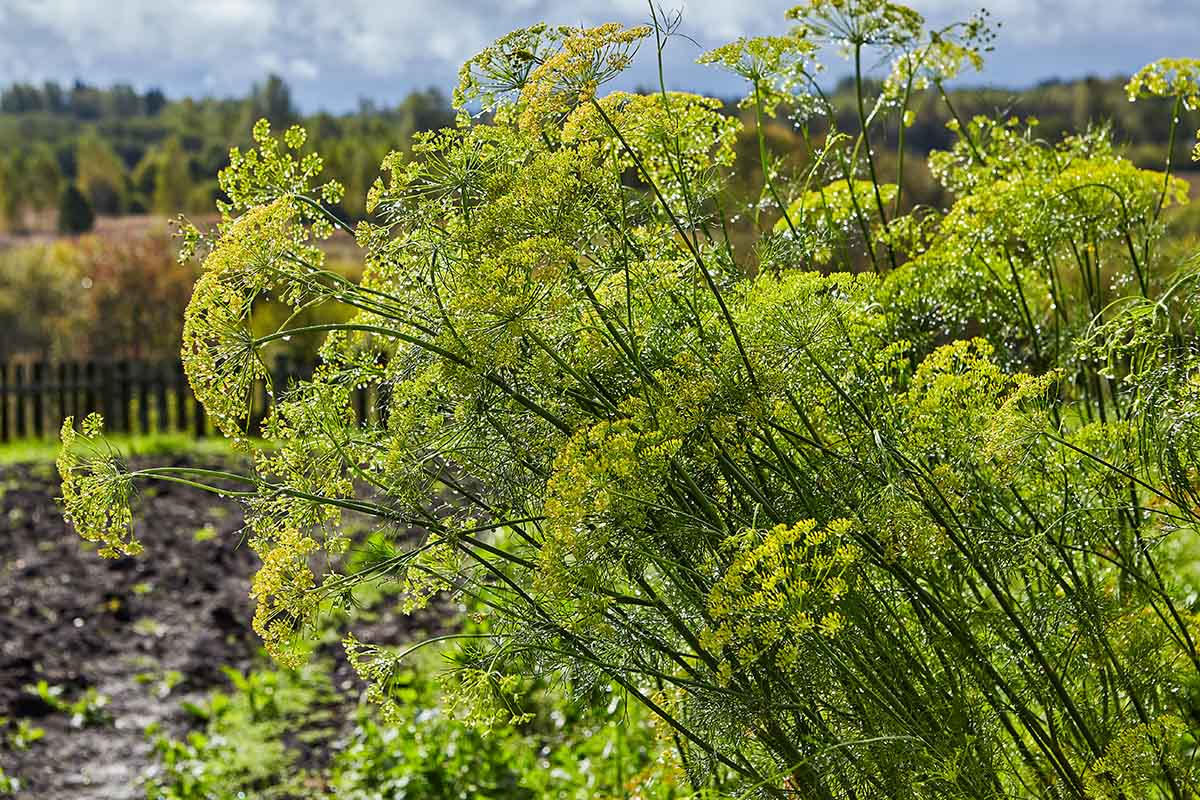
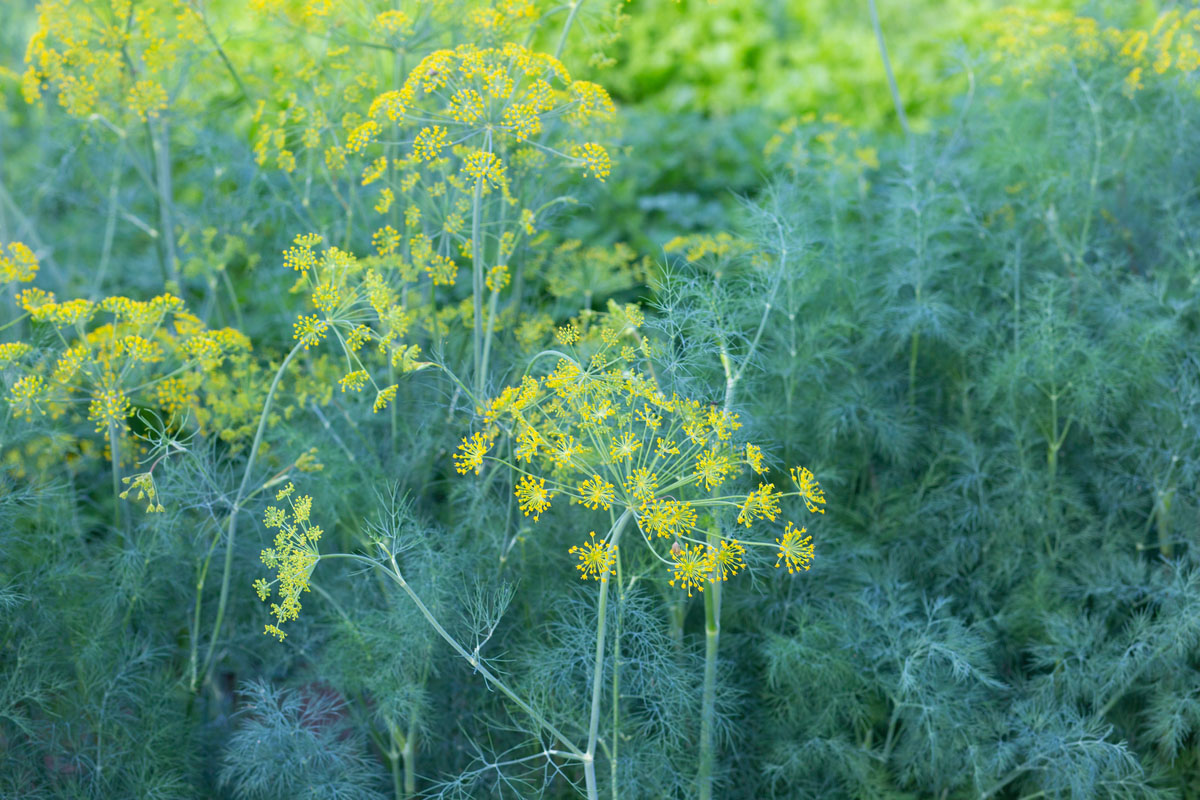

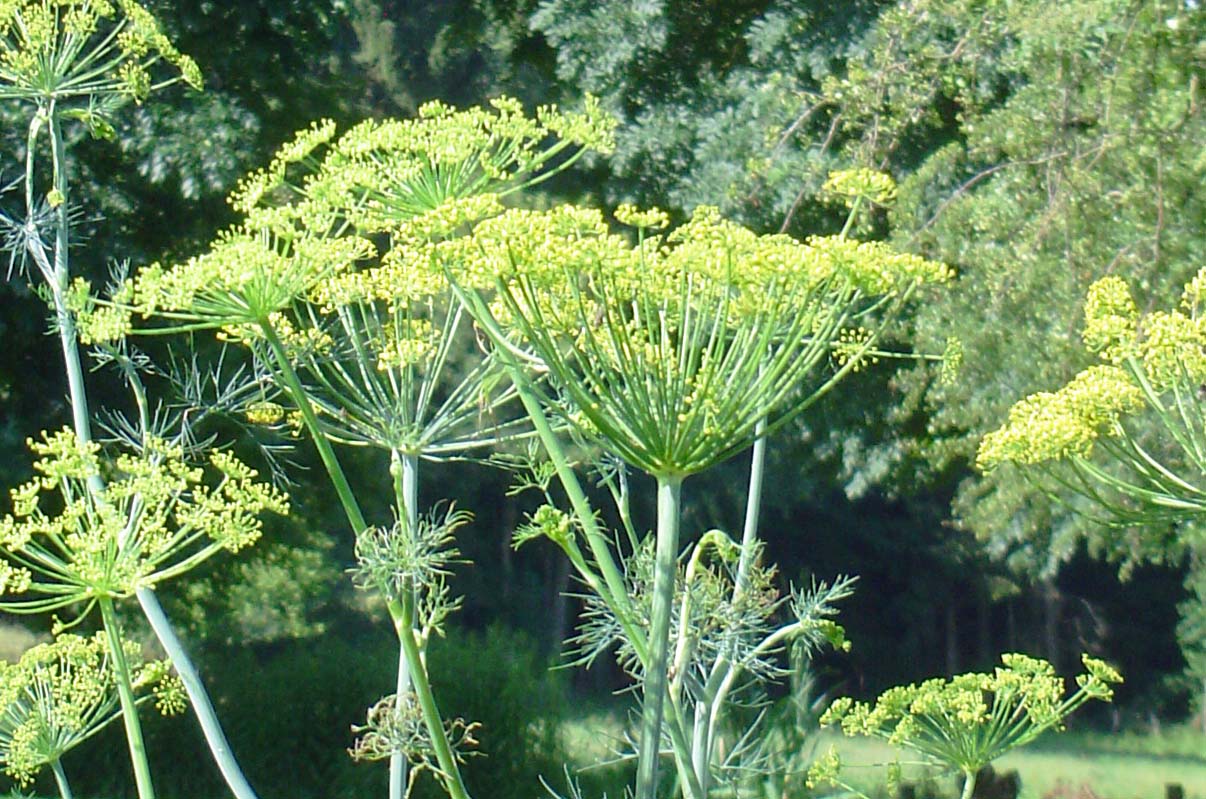
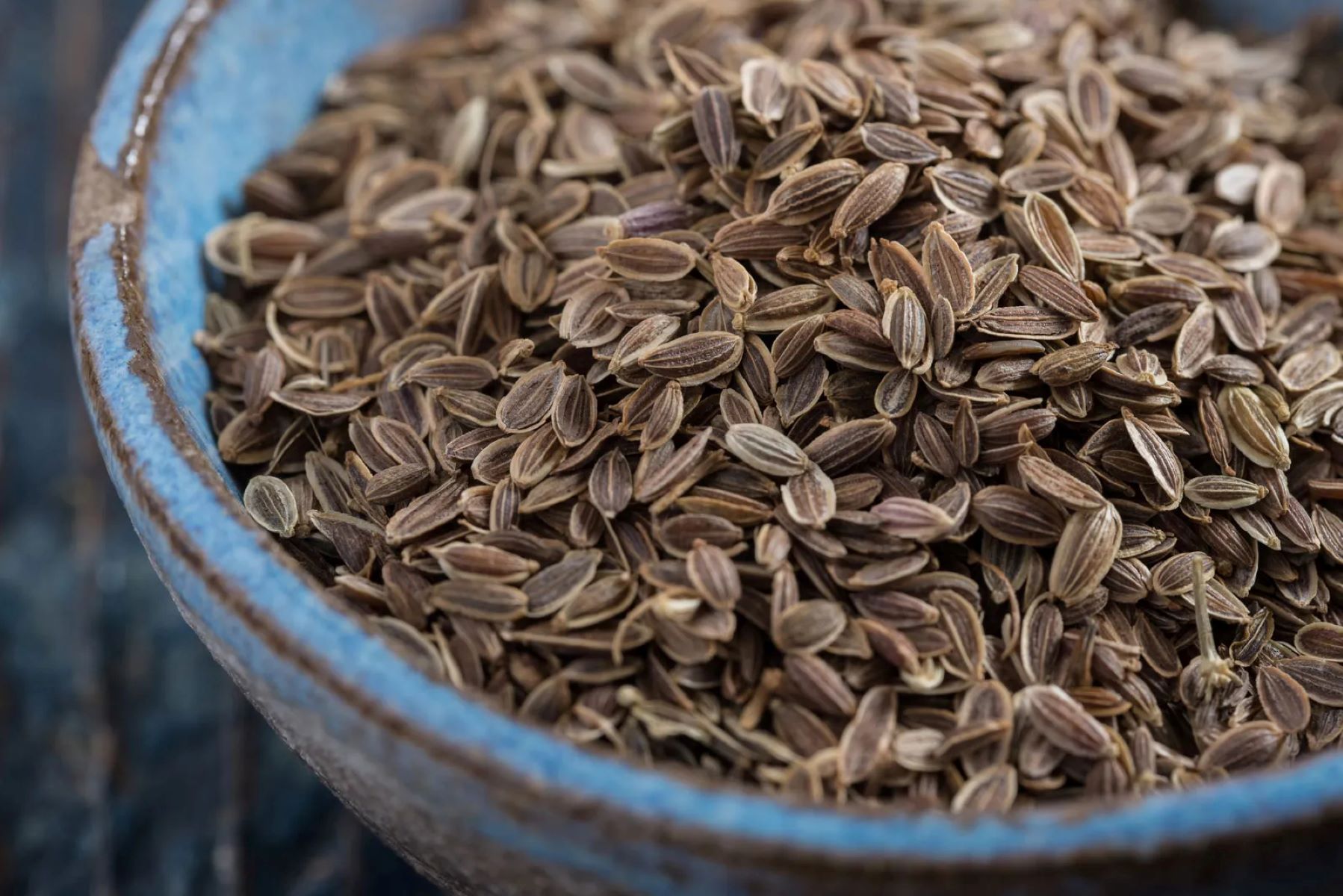
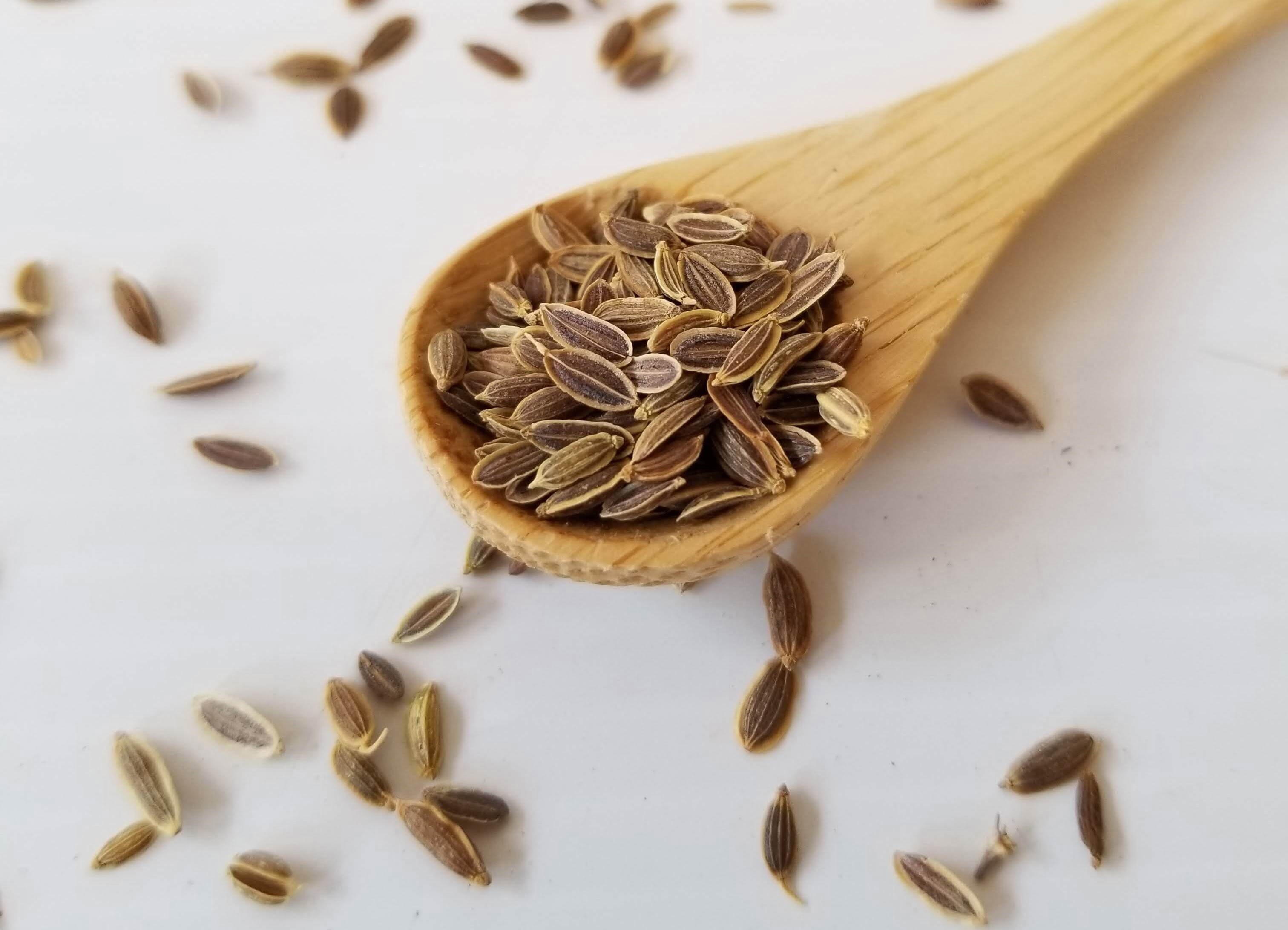
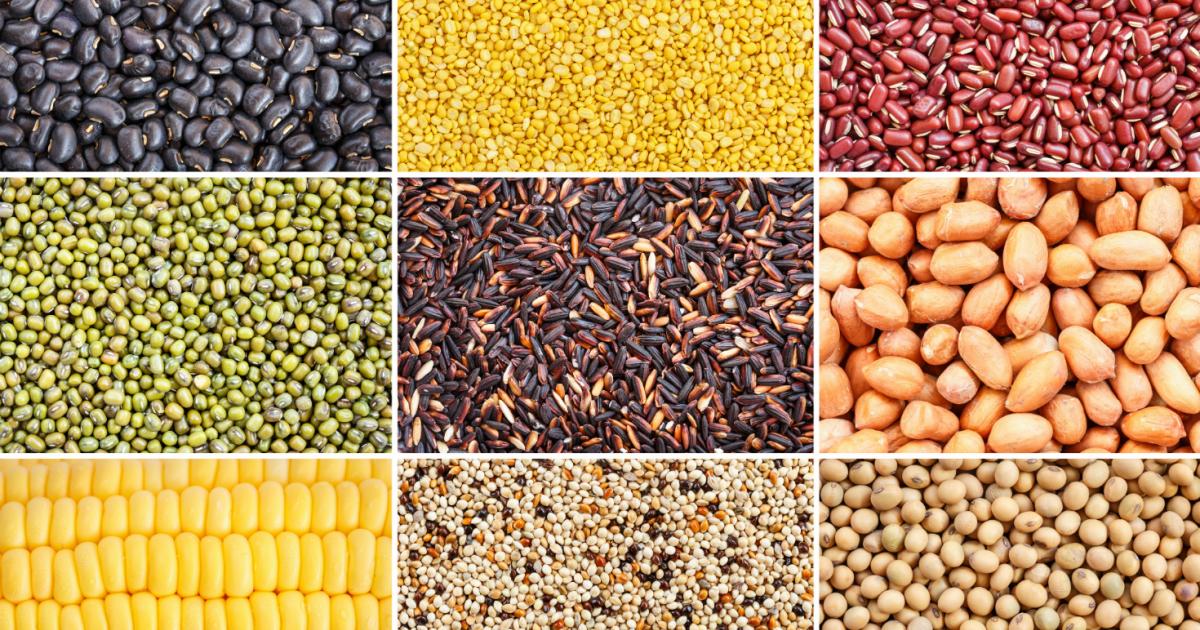
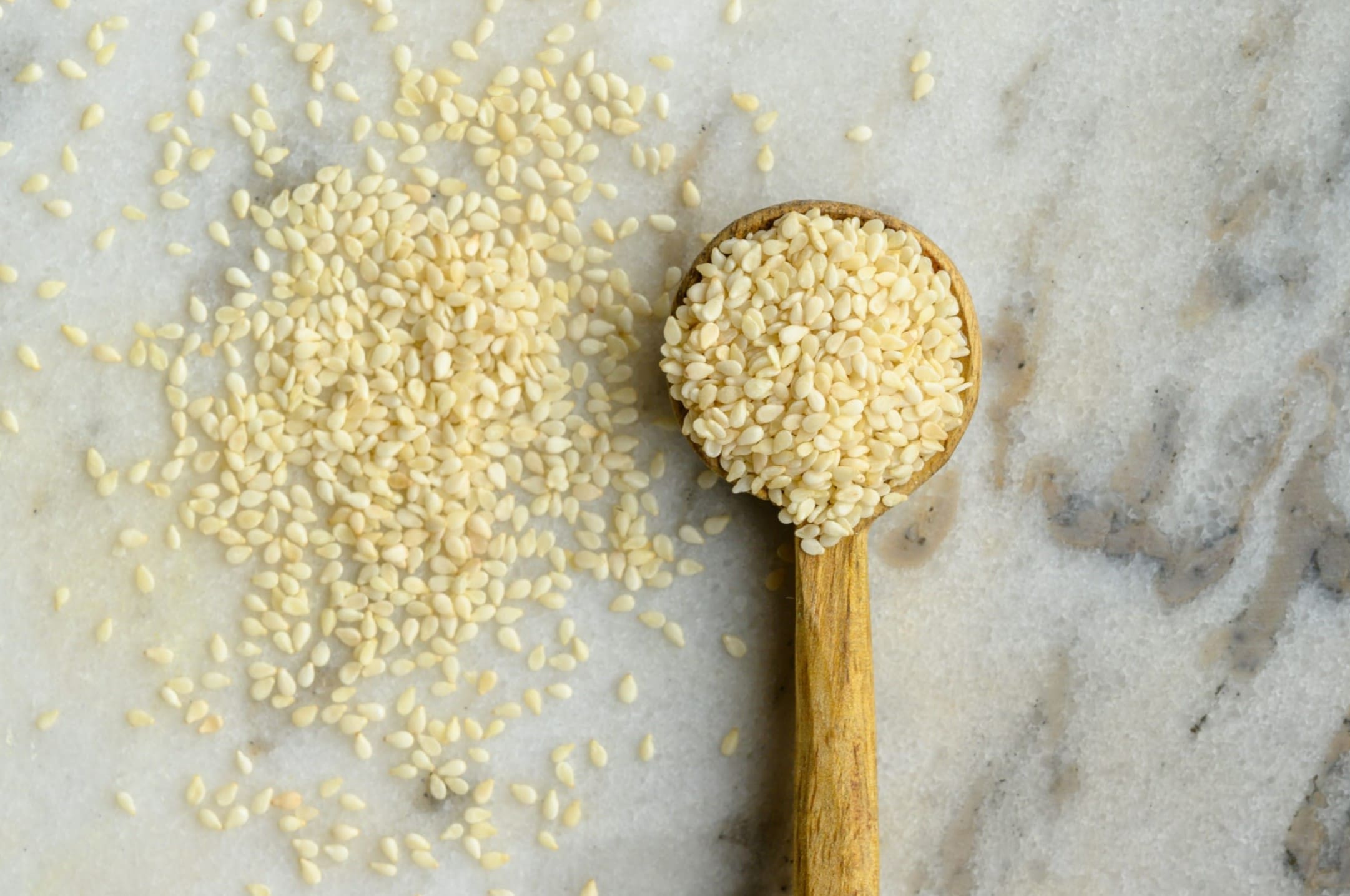
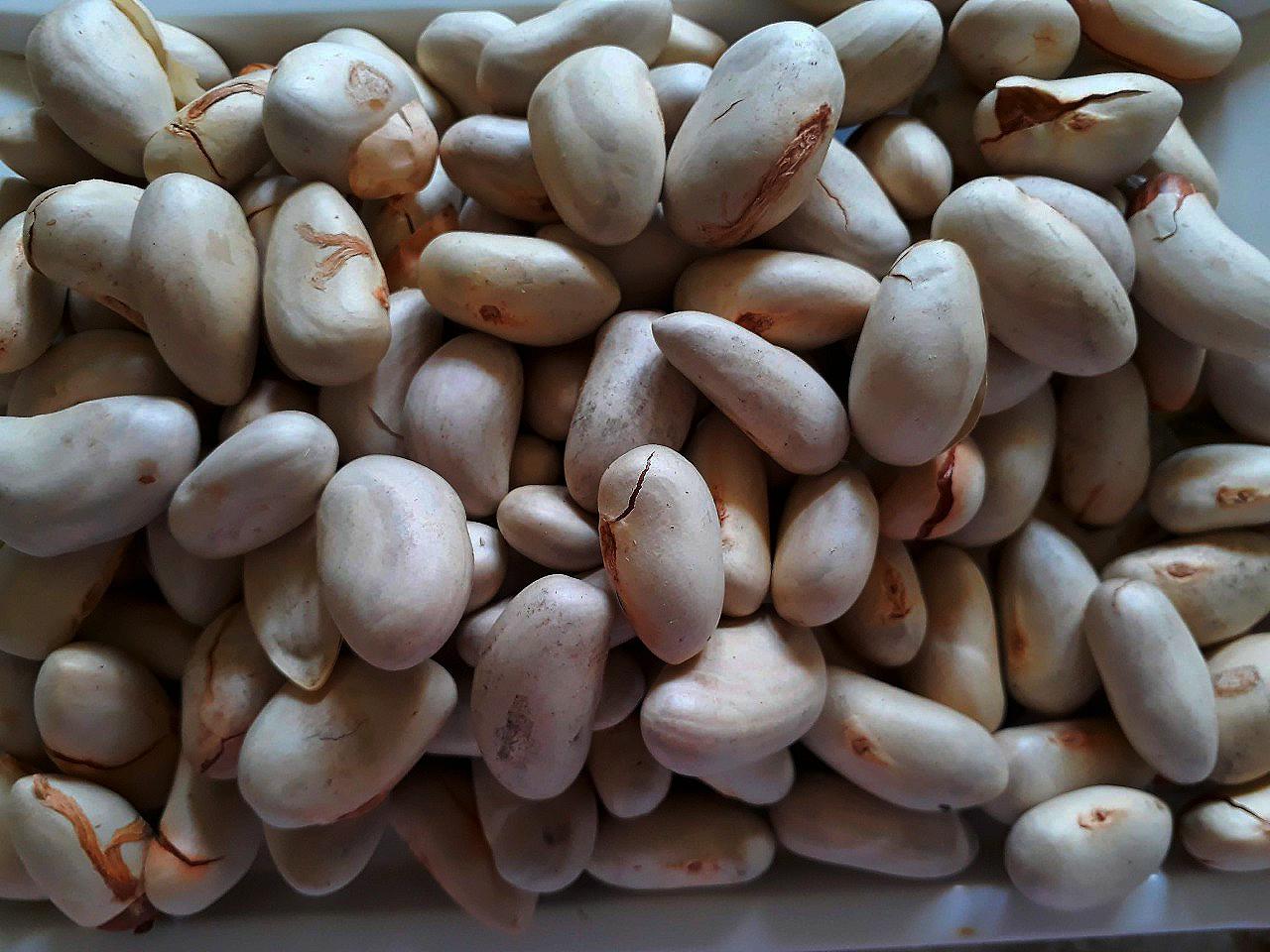
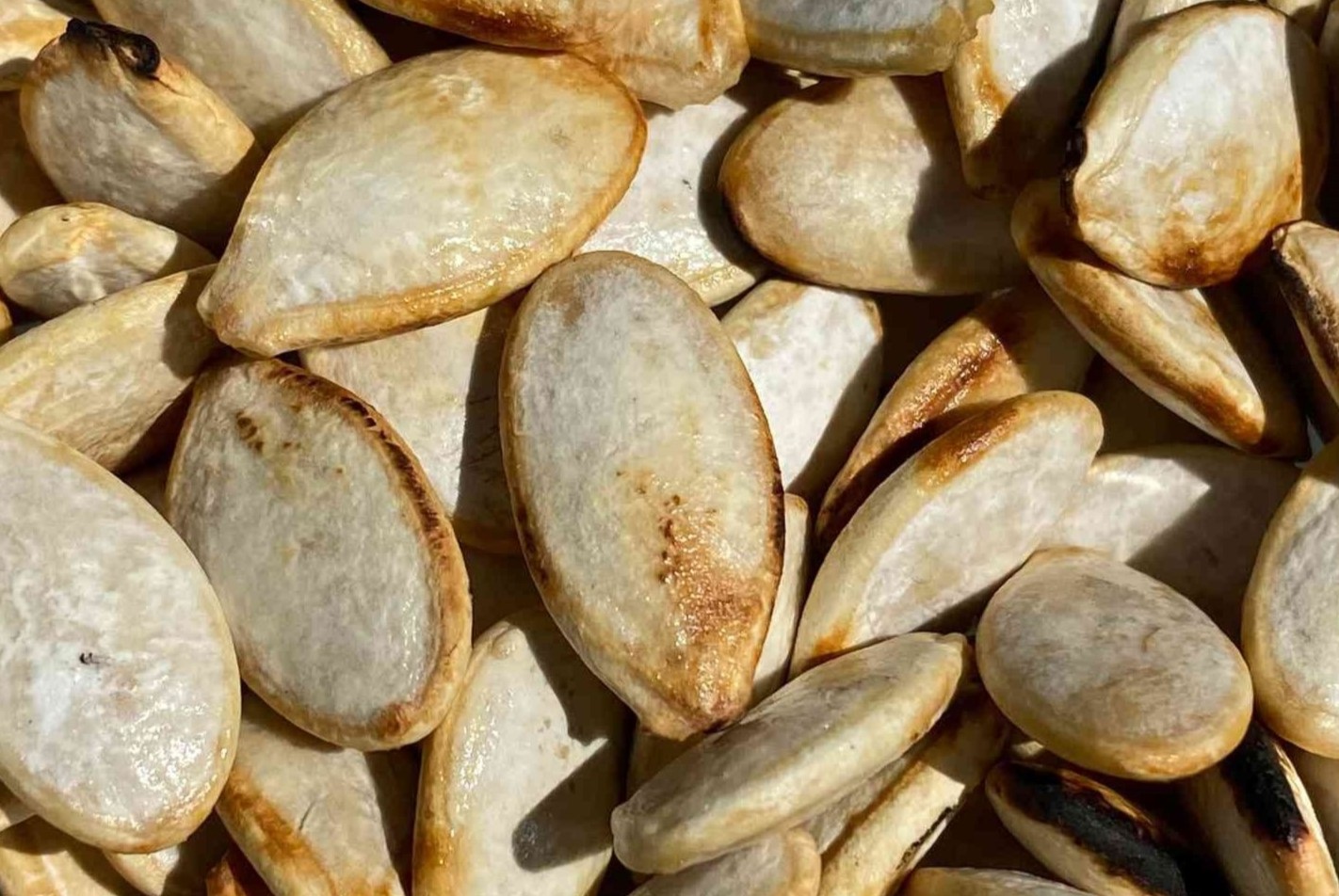
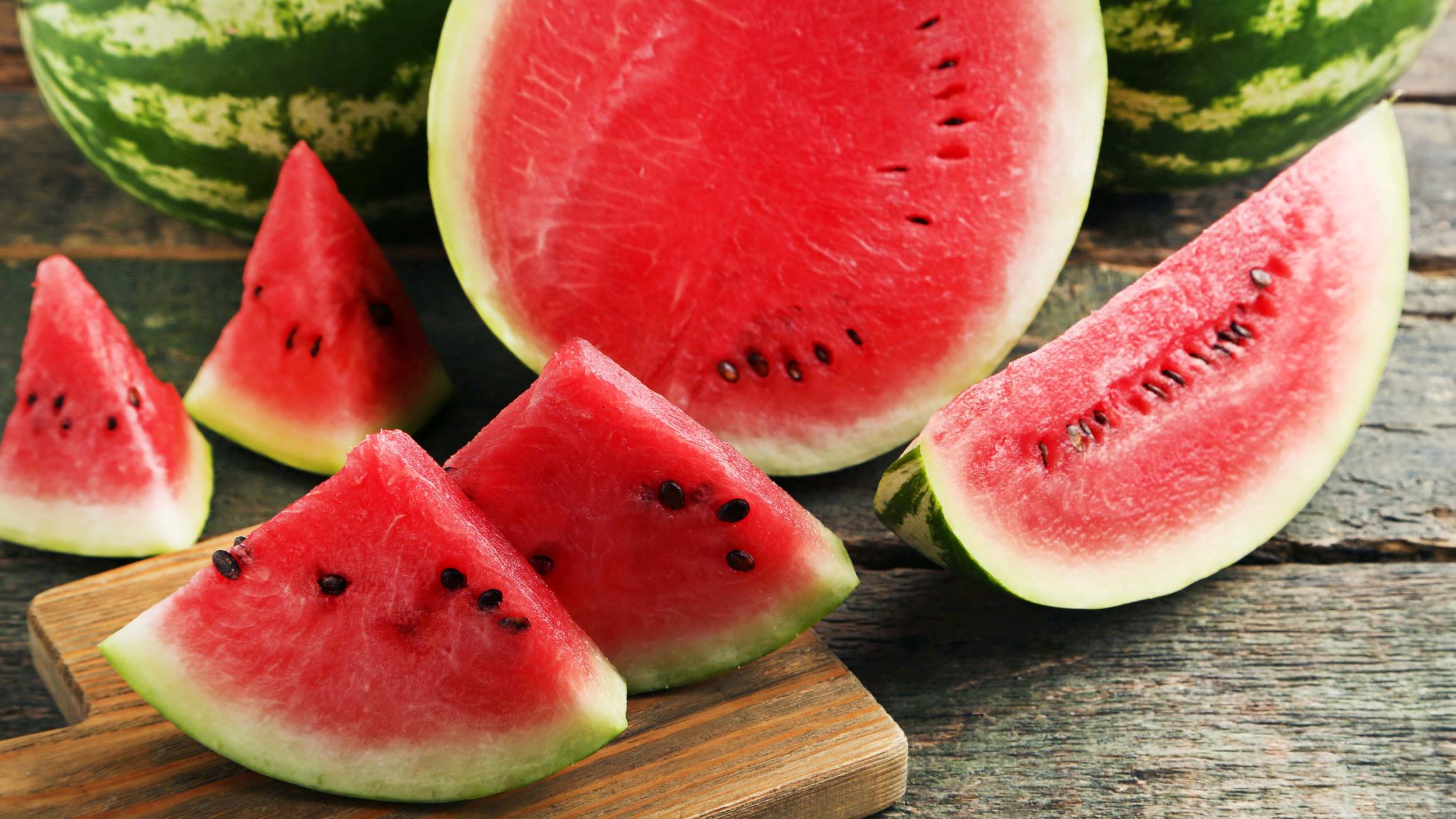
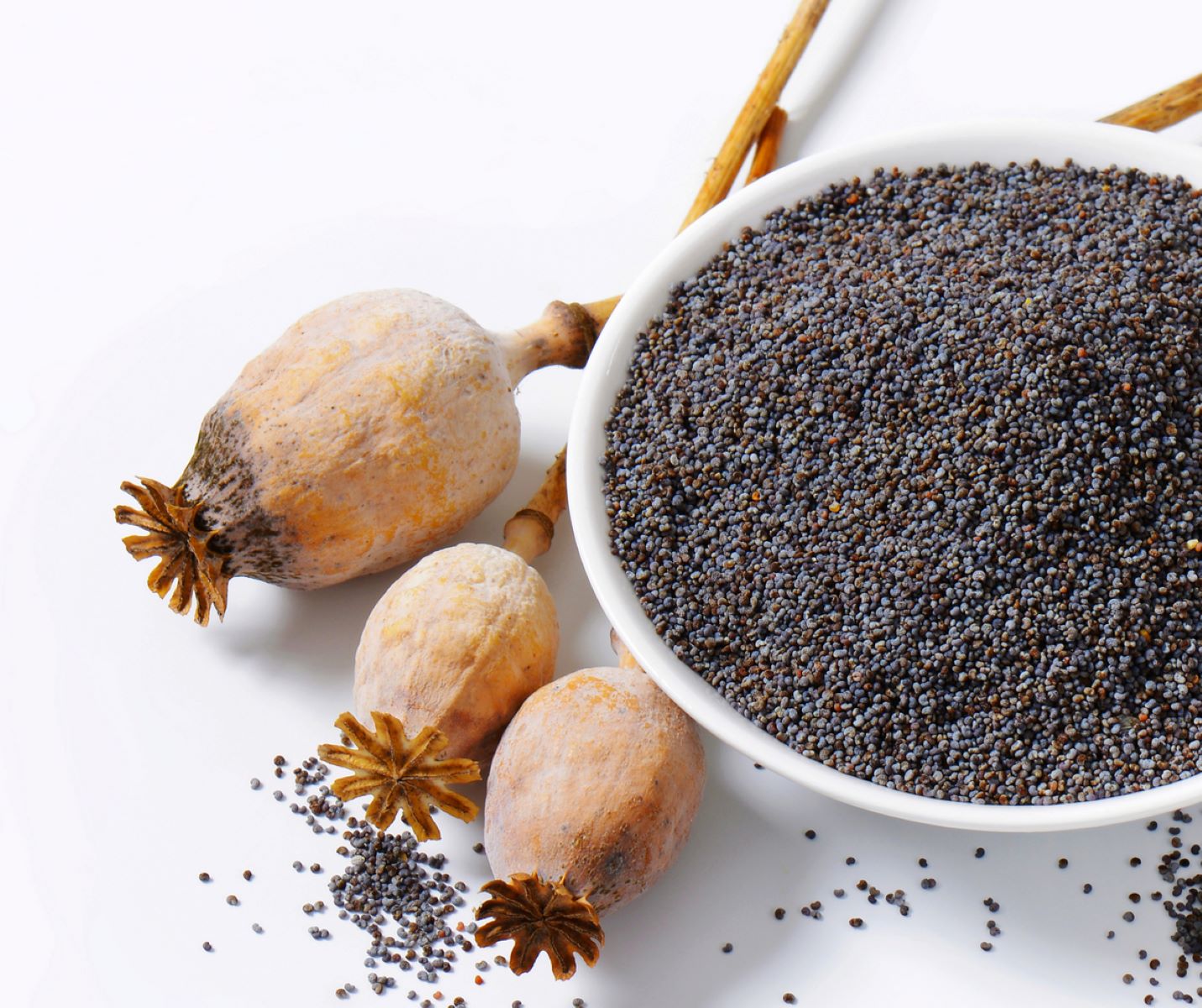
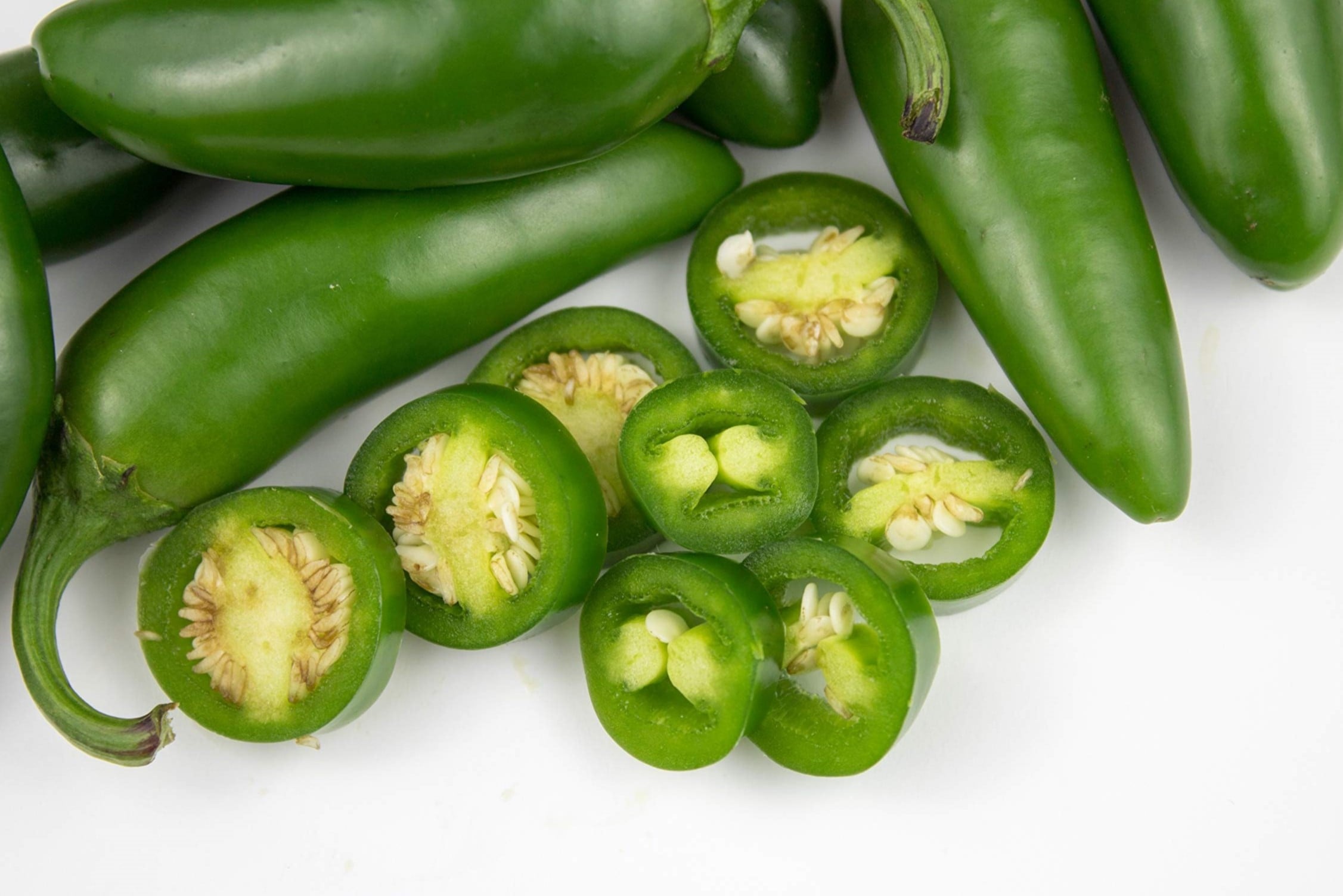

0 thoughts on “What To Do With Dill Seeds”